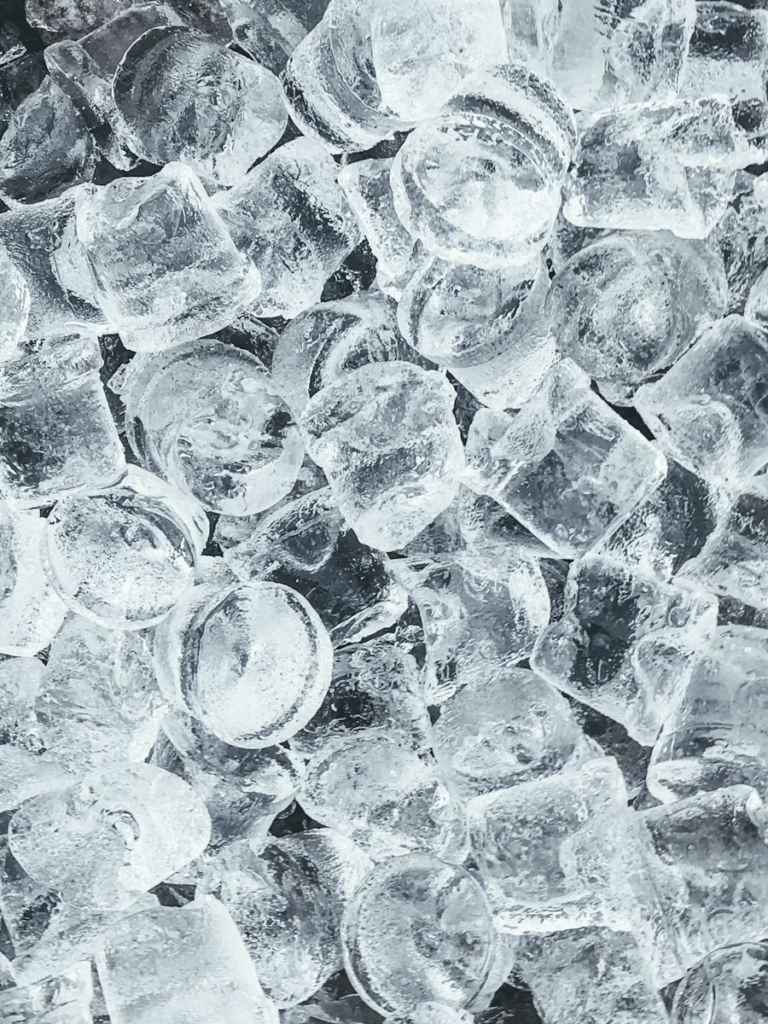If you’ve ever had a leaking pipe or a clogged toilet in your HDB or condo, you’ve probably asked yourself this: Why do plumbers charge so much? It’s a common frustration among homeowners in Singapore. After all, how expensive can it be to fix a pipe or change a tap?
But here’s the truth: Plumbing is one of the most specialised and skill-intensive trades in home maintenance. And when something goes wrong, you’re not just paying for a quick fix. You’re paying for precision, safety, experience, and the tools required to do the job right.
Let’s unpack the real reasons behind the cost of plumbing services in Singapore.
- 1. Specialised Training and Skills
- 2. Emergency Calls Come With a Premium
- 3. Tools and Equipment Are Not Cheap
- 4. Transport and Setup Time
- 5. Hidden Work Behind the Walls
- 6. Parts and Materials Aren’t Always Cheap
- 7. Experience Saves You More in the Long Run
- 8. Licensing, Insurance, and Overhead Costs
- 9. Market Rates in Singapore Are Higher
- 10. You’re Paying for Peace of Mind
1. Specialised Training and Skills
Plumbing isn’t as simple as it looks. Plumbers in Singapore go through rigorous training and often hold BCA or PUB certifications. They are trained to handle everything from water pressure balancing to detecting leaks within walls and concrete.
A simple pipe leak could be a symptom of a bigger issue. You’re not just paying for labour, you’re paying for trained eyes that can diagnose the problem before it gets worse.
2. Emergency Calls Come With a Premium
Many plumbing issues are urgent, such as burst pipes, flooding, or blocked toilets. If a plumber shows up within an hour or late at night, you’re paying for availability.
These emergencies mean they have to drop everything to come to you. That level of responsiveness comes at a cost. And let’s be honest, you’d rather pay more for a quick fix than deal with a flooded kitchen for hours.

3. Tools and Equipment Are Not Cheap
A professional plumber doesn’t just show up with a wrench and call it a day. They often utilise high-end diagnostic tools, such as pressure gauges, thermal imaging cameras, and pipe locators, to identify hidden issues.
These tools cost thousands of dollars and require regular maintenance. A portion of your plumbing bill is allocated to maintaining this equipment, ensuring the job is done correctly the first time.
4. Transport and Setup Time
Unlike electricians or aircon technicians, who often work in batches, plumbers deal with unique setups in each home. That means they spend more time diagnosing the problem and less time doing repeated installations.
They also carry a full kit of spare parts, sealants, replacement taps, and more (just in case). The convenience of having everything on-site, so your issue gets fixed in one visit, is part of the price.
5. Hidden Work Behind the Walls
When you hire a plumber, you’re not just paying for the 30 minutes they spend in your bathroom. You’re paying for the prep, the cleanup, and the expertise to fix pipes behind walls or under floors without damaging your home.
Many plumbing jobs require coordination with HDB regulations or your condo management. That includes permits, noise restrictions, and disposal of old piping. These hidden tasks add to the total cost.

6. Parts and Materials Aren’t Always Cheap
Like tools and equipment, not all plumbing parts are created equal. While you can purchase a tap for $10 at a hardware store, professional plumbers use higher-grade materials to prevent early failure.
From corrosion-resistant fittings to water-saving valves, these components are priced for durability. That’s why a tap replacement can cost $80 or more; not just for the labour, but also for better parts that last.
7. Experience Saves You More in the Long Run
The cheaper guy on Carousell might charge you $30, but you could end up paying double to fix a poor job. Inexperienced or unlicensed plumbers can cause more significant issues, such as damaging a joint or over-tightening a fitting.
With experienced plumbers, you’re not just paying for repairs. You’re investing in prevention. A proper installation can last years, while a botched one might fail in a month.
8. Licensing, Insurance, and Overhead Costs
Registered plumbers pay for licenses, insurance, and business overheads, such as transportation and administration. They also pay CPF contributions if they hire staff.
This ensures accountability. If something goes wrong after the job is completed, a reputable plumber will offer a warranty or make the necessary repairs. That peace of mind is something you won’t get from unlicensed freelancers.
9. Market Rates in Singapore Are Higher
Let’s face it, living in Singapore is expensive. From rent to fuel to workforce, it all adds up. Plumbers also factor in the cost of running a business, paying helpers, and staying up to date with new plumbing codes and tools.
An introductory service call typically costs between $80 and $120. Larger jobs, such as pipe replacements, can range from $300 to $1,000, depending on their complexity.

10. You’re Paying for Peace of Mind
Lastly, you’re paying for peace of mind. A plumbing failure can lead to significant water damage, higher PUB bills, and mould issues. A proper fix, done professionally and quickly, ensures your home is safe and dry.
Would you rather risk a DIY disaster or pay a bit more to have the job done right the first time?
Final Thoughts
While some cases of overcharging exist, most plumbers in Singapore charge fair rates for the value they provide. The next time you’re faced with a dripping tap or water damage, remember: cheap doesn’t always mean cost-effective.
Look for licensed professionals, read customer reviews, and always get a quote upfront. That way, you’ll know you’re paying for both quality and peace of mind.













You must be logged in to post a comment.